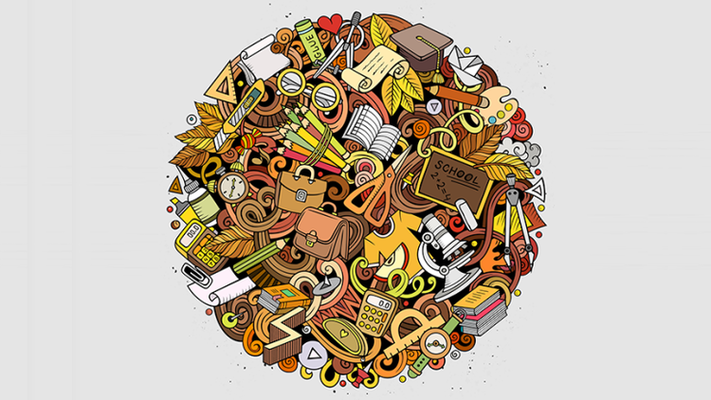
Introduction
Art schools have played a pivotal role in shaping the creative landscape for centuries. As hubs of artistic exploration, skill development, and cultural enrichment, these institutions have nurtured countless talents, fostered innovative movements, and sparked debates about the nature of art and education. This extensive blog aims to delve deep into the world of art schools, tracing their historical evolution, exploring their societal impact, and addressing the controversies that have often surrounded them.
I. Historical Evolution of Art Schools
A. Origins and Early Art Education
The concept of art education can be traced back to ancient civilizations such as Egypt and Greece, where apprenticeship systems were common. In these societies, aspiring artists learned their craft by working under established masters. This model laid the foundation for the mentor-apprentice relationship that would later become a hallmark of art education.
B. Renaissance and the Birth of Formal Art Academies
The Renaissance period marked a significant shift in the way art was taught and learned. The emergence of formal art academies, such as the Accademia delle Arti del Disegno in Florence, Italy, introduced structured curricula and systematic instruction in various artistic disciplines. This marked the beginning of institutionalized art education.
C. Modernization and Art Movements
The 19th and 20th centuries witnessed the rise of various art movements that challenged traditional academic norms. Impressionism, Cubism, Surrealism, and Abstract Expressionism, among others, pushed the boundaries of artistic expression and redefined the role of art schools. Institutions like the Bauhaus, known for its interdisciplinary approach, played a pivotal role in reshaping art education during this era.
II. Societal Impact of Art Schools
A. Fostering Creative Expression
Art schools provide students with the opportunity to explore and express their creativity freely. Through exposure to various techniques, mediums, and styles, students can discover their unique artistic voices and develop a personal aesthetic.
B. Cultivating Critical Thinking
Art education goes beyond technical skills; it encourages critical thinking, problem-solving, and conceptual development. Students learn to analyze, interpret, and communicate ideas through their work, skills that extend beyond the realm of art.
C. Shaping Cultural Identity
Art schools contribute to the cultural fabric of societies by nurturing artists who capture the essence of their time. The works of art school graduates often reflect social, political, and cultural themes, thus playing a role in shaping and reflecting the identity of communities.
III. Controversies Surrounding Art Schools
A. Traditional vs. Contemporary Approaches
The tension between traditional academic approaches and more contemporary, experimental methods has been a recurring debate in art education. Some argue for the preservation of classical techniques, while others advocate for adapting to modern artistic practices.
B. Commercialization and the Art Market
Critics have raised concerns about art schools becoming overly focused on preparing students for commercial success. This raises questions about the balance between fostering creativity and catering to market demands.
C. Accessibility and Diversity
Issues of accessibility and diversity have plagued many art schools. High tuition fees, exclusive admissions processes, and lack of representation have led to discussions about who gets to access art education and whose voices are amplified.
D. Relevance in the Digital Age
The rise of digital media and technology has posed challenges and opportunities for art schools. Questions arise about how these institutions can adapt to new mediums and prepare students for a rapidly evolving creative landscape.
Conclusion
Art schools have a rich history that has shaped the course of artistic expression and cultural evolution. From their origins in ancient civilizations to the modern-day challenges they face, these institutions have evolved alongside society, leaving an indelible mark on the world of creativity. As we navigate the complexities of tradition, innovation, and accessibility, it's crucial to recognize the profound influence that art schools continue to exert on the global artistic panorama.




